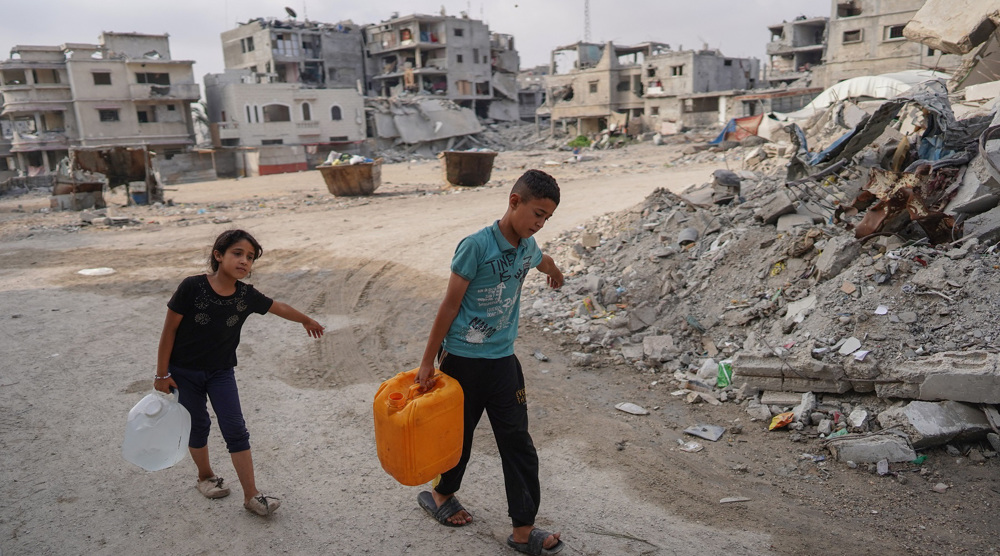
Palestinian Artist Mahasen Al-Khatib Fatally Injured in Israeli Airstrike on Gaza Strip

**The Life and Legacy of Mahasen Al-Khatib: Palestinian Digital Artist and Symbol of Resilience**
Tragedy has a way of silencing powerful voices, but some echoes persist even in the face of unimaginable loss. Among the artists who have captured the attention of individuals across the world, Mahasen Al-Khatib is one such voice, her work resonating loudly even after her untimely death. Al-Khatib, a 32-year-old digital illustrator and Palestinian artist from Gaza, was among dozens killed in an Israeli airstrike on October 18, 2024, in the Jabalia refugee camp. Her death brings fresh attention to the intersection of art, politics, and the human condition amidst decades of conflict.
### A Brief Glimpse of Mahasen Al-Khatib’s Work and Impact
Before the violent backdrop of the Gaza-Israel conflict claimed her life, Al-Khatib was a burgeoning digital artist who amassed a substantial and loyal following on social media platforms such as Instagram and TikTok. Using these platforms, Al-Khatib shared poignant illustrations that reflected both the hardships and optimism in the lives of Palestinians under occupation. Much of her work spoke to the themes of resilience, familial love, and the power of storytelling through visuals.
Her illustrations—often tender and emotionally charged—functioned as both personal expressions and collective narratives for Palestinians living in Gaza. Through careful storytelling and vivid colors, her digital art reflected the reality of living in a region ravaged by war, yet always with a tone that celebrated hope and resistance. Some illustrations captured moments of everyday life in Gaza, while others imagined a future of peace and freedom.
Mahasen’s unique ability to transform personal pain into universal art quickly made her a significant figure amidst a growing movement of Palestinian artists who utilize digital tools to connect with global audiences.
### Art as Resistance: A Storyboard of Struggle and Hope
Born and raised in Gaza, Al-Khatib’s life was marked by displacement and loss. Her father died, making her the primary breadwinner for her family, according to accounts from a GoFundMe page she set up in June 2024 in an attempt to raise funds to evacuate her family from the conflict zone. Struggling against the hardships imposed by the ongoing blockade and airstrikes targeting Gaza, she continued to produce art, using her tablet and digital pens, which had survived several relocations despite the destruction of her home and the loss of most of her belongings.
Al-Khatib’s work was imbued with a sense of personal responsibility, not just towards her family but to all those affected by the conflict. Her last illustration, posted hours before her death, poignantly honored Shaban al-Dalou, a 19-year-old student who perished in an Israeli airstrike at a hospital in Deir al-Balah. Through powerful, vividly drawn digital imagery, she illustrated both the destruction and the resolve that defined her life in Gaza.
Her art often presented figures in moments of reflection and strength. One of her widely shared pieces shows a woman surrounded by animations depicting various stages of grief, strength, and hope—offering a striking depiction of the emotional rollercoaster experienced by Palestinians under siege.
### A Voice Silenced—But an Art that Lives On
According to several news reports, Al-Khatib and her immediate family were among those killed by the airstrikes targeting the Jabalia refugee camp. Her body, along with the bodies of many others affected in the attack, remains at Kamal Adwan Hospital, where risks continue to impede retrieval efforts for a proper burial.
Al-Khatib’s death was particularly heart-wrenching for the art community, activists, and her social media followers. Messages of mourning flooded Instagram, TikTok, and Facebook, where people expressed their condolences and shared tributes to her work. It was not just her talent as an artist that touched people; it was her ability to encapsulate pain, fear, love, and hope in mere pixels—a medium that allowed her to transcend physical barriers and globalize the conversation around the Palestinian plight.
In January 2024, Al-Khatib made an eerily prescient post on Facebook, commenting on the frailty of life in Gaza and the ever-looming presence of death. She shared an image of herself—one that she asked to be used in memory of her if she were to be killed—a foreshadowing of the tragic end that would come.
### A Call for Continued Support and Awareness
The nature of the ongoing Gaza-Israel conflict is often boiled down to political factions and military operations, obscuring the humanity that lies within. Al-Khatib’s art brought stories of individual suffering and resilience to a global stage, humanizing a war-torn region in a way statistics and news articles often fail to do. While her death is a monumental loss, supporters of her work urge that her legacy be preserved through the continued sharing of her